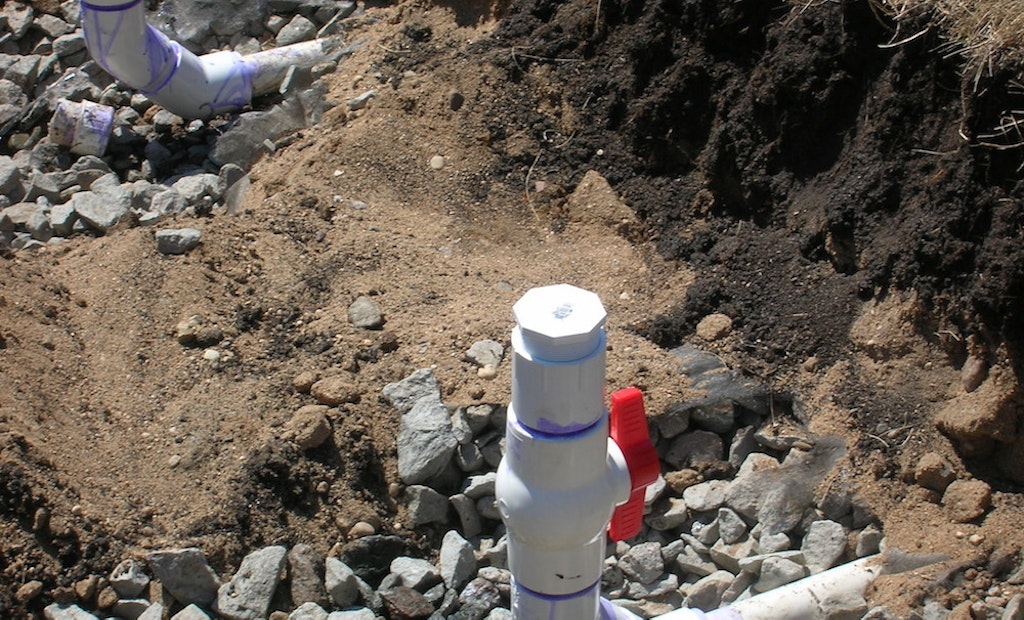Interested in Education/Training?
Get Education/Training articles, news and videos right in your inbox! Sign up now.
Education/Training + Get AlertsBeyond homeowner communication and making the right soil judgments, the next important aspect of planning for system management is providing access to all parts of the system. If there is a problem or blockage in one part of the system it can be identified and corrected without impacting or disturbing other parts of the system.
I remember a workshop some colleagues and I conducted where we visited a residence and saw that wastewater was standing in the sewer pipe from the house to the septic tank. The homeowner informed us that they had continual problems with backups in the sewer line; no surprise because the sewer pipe either was not laid on the proper grade or it was deflected during backfill. The result was that the pipe did not run empty between water-use events in the house. This allowed solids to accumulate in the pipe, resulting in blockages.
Properly laying and backfilling all piping is important to good system installation. There is an ASTM standard (2321) that covers properly embedding and backfilling piping installed in trenches. The pipe should be surrounded and stable, so it stays on proper grade and does not develop any dips that can collect solids and lead to blockages. I would add this also prevents water from collecting and freezing, causing blockages in cold climates.
In short, to properly install pipe it needs to be on a compacted aggregate base or suitable natural soil, then the initial backfill, or haunching as it is called, is placed halfway up the pipe before final backfill around and above the pipe. Backfill should be clean, unfrozen material. This means no rocks that can deflect the pipe, or crack or break it. Final backfill should be crowned to allow for minor settling and to shed surface water. Final backfill should be suitable for establishing vegetation to prevent erosion and help with frost protection in cold climates.
In terms of access to the sewer line, a clean-out should be installed outside the residence. This should be a two-directional clean-out so it can be cleaned going both toward the residence and toward the septic tank.
Having the clean-out outside means that blockages, should they occur, can be removed without having access to the residence. This allows the service provider to work without having someone home to provide access and avoids the common issue around finished basements where the inside clean-out has become hidden by sheetrock walls.
About the author
Jim Anderson is connected with the University of Minnesota onsite wastewater treatment education program and is an emeritus professor in the university’s Department of Soil Water and Climate. Send him questions about septic system maintenance and operation by email to kim.peterson@colepublishing.com.
This article is part of a series about designing and installing onsite septic systems with future management in mind:
- Installing Septic Systems With Management in Mind
- Onsite System Management Starts With the Homeowner
- Sizing an Onsite Treatment Area is All About the Soil
- Soil Concerns an Installer Can Control
- Keep Access Top of Mind During Onsite System Design
- Solving Septic Tank Access Issues
- Tips for Securing Drainfield Inspection Ports






